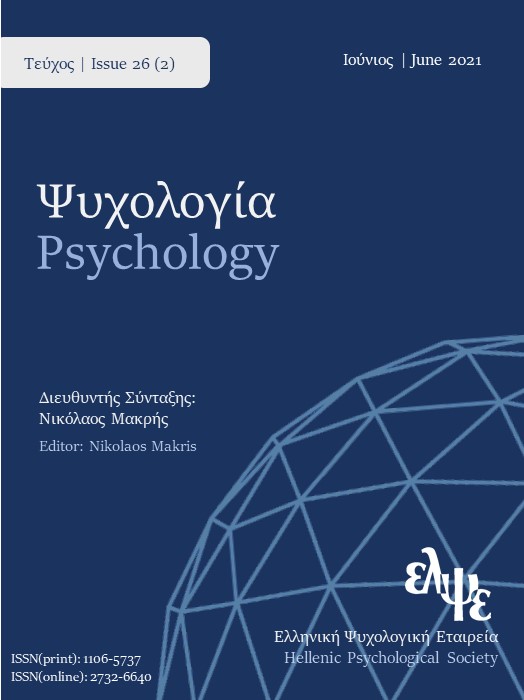The therapeutic alliance: definitions, reflections and therapeutic implications

Abstract
The present literature review aims to offer an in-depth examination and critical evaluation of the concept of the therapeutic alliance, as it has been historically unfolded in psychotherapy theory, research and practice. The construct of the alliance holds particular theoretical and practical significance for counselling psychologists, who are expected to demonstrate an understanding of the therapeutic relationship and alliance as conceptualised in different models (HCPC, 2015), as well as the ability to engage in relational practice (BPS, 2015). The critical literature review therefore opens with an examination of the concept of the therapeutic alliance as defined and conceptualised in the major schools of psychotherapy. Core alliance measures are also presented and critically evaluated in relation to their methodological rigour and usefulness in alliance research and practice. The relationship between the therapeutic alliance and outcome is critically reflected upon, whilst giving thorough consideration to therapist, client and interactive factors impacting the development and maintenance of the therapeutic alliance, thus possibly mediating and/ or moderating the relationship between alliance and treatment outcome. Contemporary re-conceptualisations and critiques of alliance theory and research are in turn thoroughly examined and critically discussed. Taking into account the primacy of the therapeutic relationship in Counselling Psychology (BPS, 2005), the literature review concludes with a presentation of the therapeutic implications of alliance theory and research for practitioner psychologists in general and counselling psychologists in particular, irrespective of their therapeutic orientation, in order to enhance their therapeutic skills and efficacy.
Article Details
- How to Cite
-
Apostopoulou, A., & Giovazolias, T. (2021). The therapeutic alliance: definitions, reflections and therapeutic implications. Psychology: The Journal of the Hellenic Psychological Society, 26(2), 8–31. https://doi.org/10.12681/psy_hps.26870
- Section
- SPECIAL SECTION

This work is licensed under a Creative Commons Attribution-ShareAlike 4.0 International License.
The journal PSYCHOLOGY adopts a Platinum open-access policy. Submission, processing or publication costs are waived by the Hellenic Psychological Society. Papers published in the journal PSYCHOLOGY are licensed under a 'Creative Commons Attribution-ShareAlike 4.0 International' licence. The authors reserve the copyright of their work and grant the journal the right of its first publication. Third-party licensees are allowed to use the published paper immediately after publication as they wish, provided they retain the defined by the license copyright formalities, regarding the reference to its author(s) and its initial publication in the journal PSYCHOLOGY. Moreover, any adjusted work should be shared under the same reuse rights, so with the same CC license.


